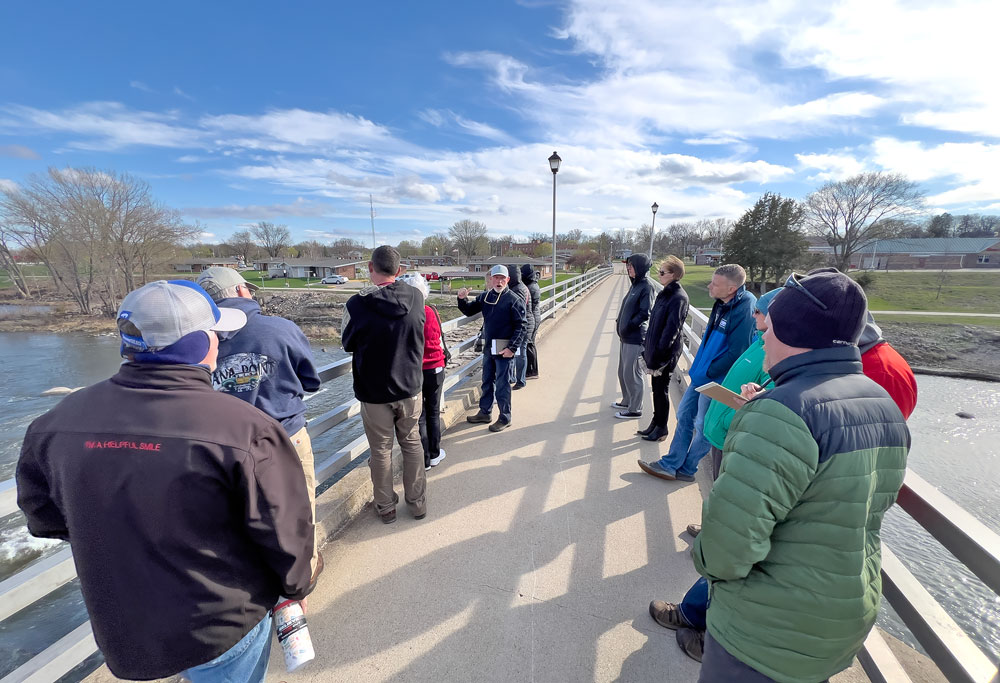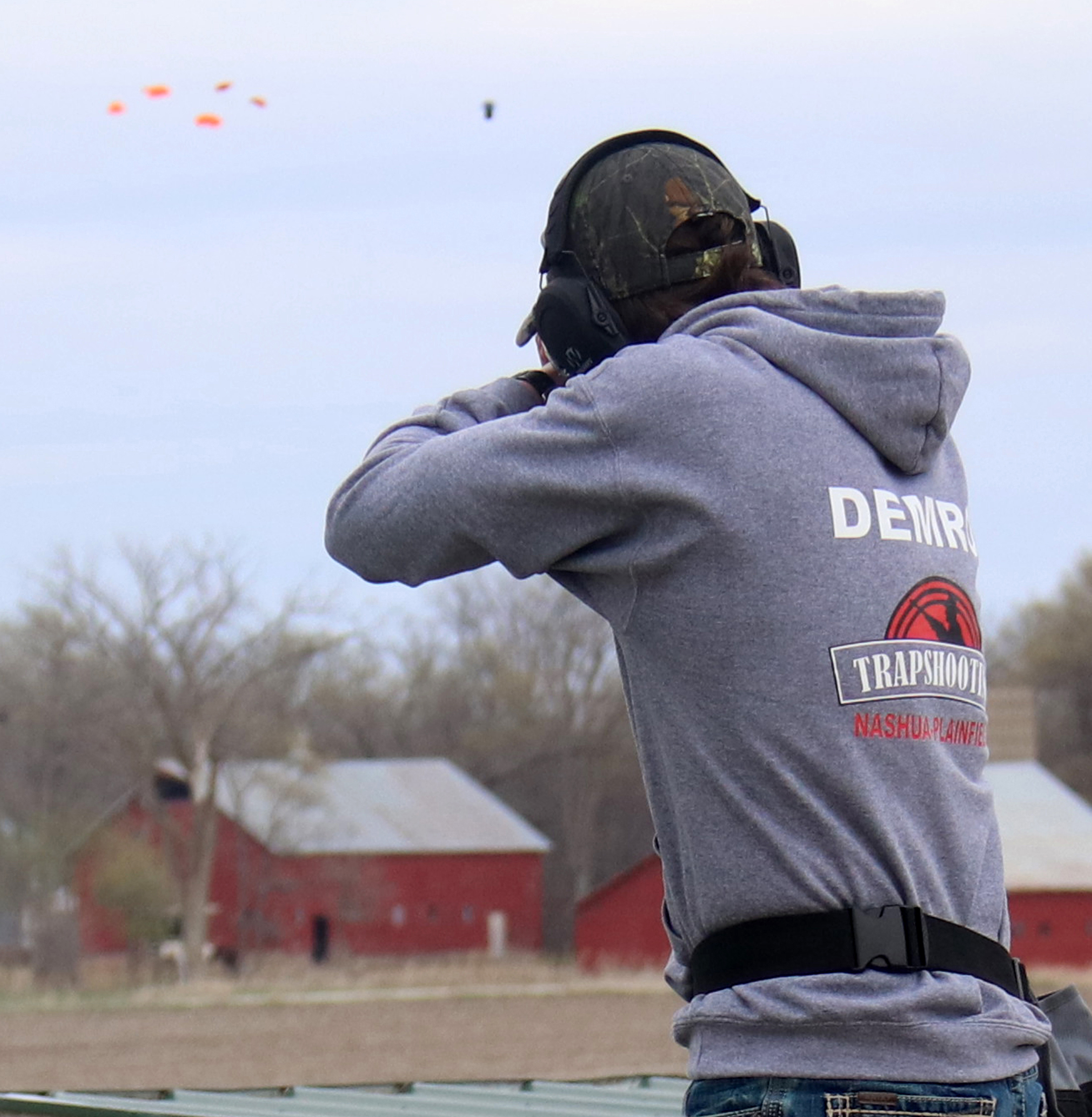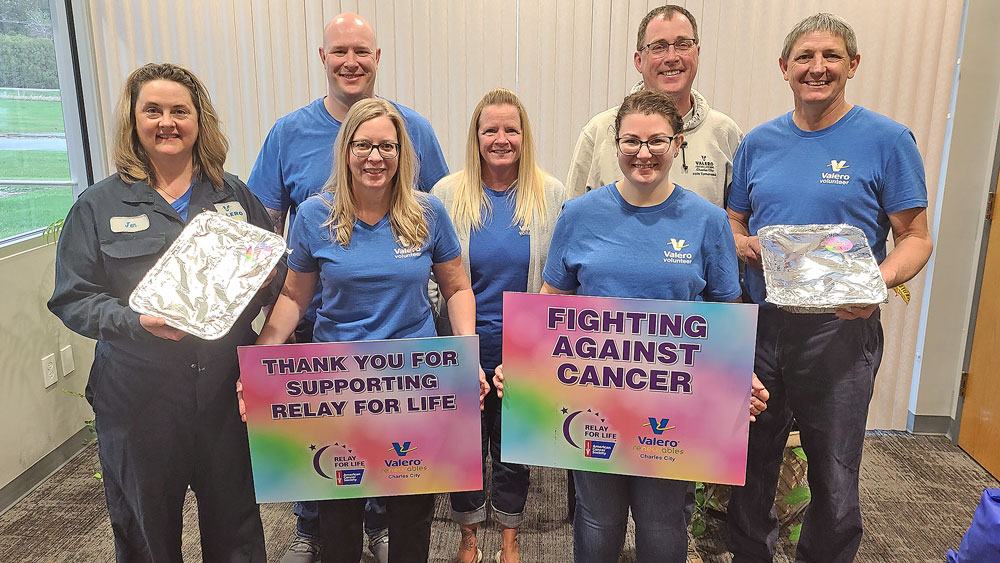Storm spotters are not storm chasers

By Thomas Nelson, tnelson@charlescitypress.com
Being able to spot a storm does not necessarily make a person a storm chaser.
Next week is Severe Weather Awareness Week, and Wednesday, March 21, in New Hampton the National Weather Service out of LaCrosse, Wis., had storm spotter training.
The National Weather Service uses storm spotters to collect data about what is going on in communities that they aren’t able to reach.
Those spotters are able to help the National Weather Service identify where tornados are touching down.
Last year Iowa had 43 tornados.
The radar that the Weather Service uses can only bring in so much data. It needs people on the ground to be able to know the size of hail, wind speeds and the location of small tornados.
That’s not to say they want people out in storms. Storm spotting can be done on the way to work, or by looking out your window.
“Don’t assume the National Weather Service knows,” said Peter Rogers, National Weather Service meteorologist. “Spotters’ reports can be key in storm confirmation.”
The National Weather Services establishes watches and warnings based on the information gathered from storm spotters, Rogers said.
“You’re not always going to see something,” he said.
Safety is paramount to storm spotting, and having an escape route is a necessity.
“You want to be out ahead of the storm,” Rogers said.
More damage and death comes from floods than tornados, Rogers said. Since 1995 there have been 16 recorded deaths from floods.
Floods and tornados aren’t the only danger to storm spotters.
“Lightning is the biggest threat to spotters,” Rogers said.
Lightning is dangerous because of its random nature.
“You can’t have a thunderstorm without lightning,” Rogers said.
Rogers noted during the presentation that Iowa experiences all weather except for tropical storms and hurricanes.
Firefighters, police officers and other emergency personnel were there from around Northeast Iowa, including Bremer, Floyd and Chickasaw counties.
Another storm spotter class will be taking place in Osage on April 5 at 6:30 p.m. at the Osage Fire Station.







Social Share